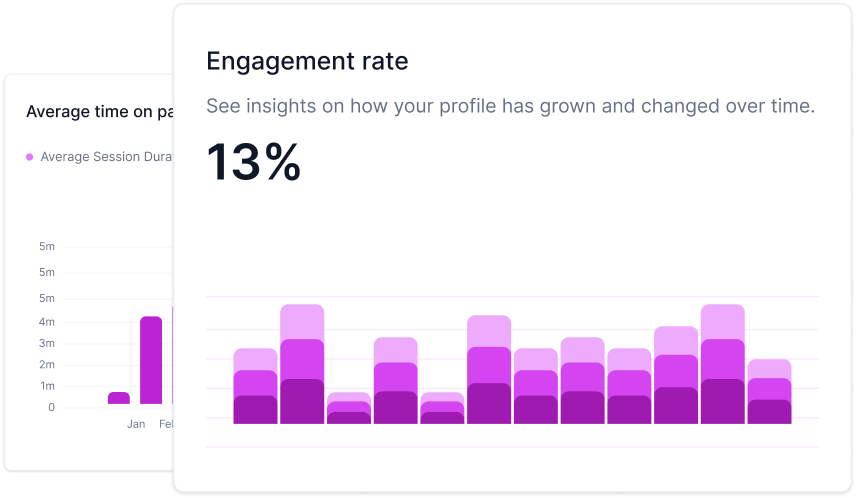What is Chatbot?
Mobile-First Indexing is a concept in search engine optimization (SEO) where Google primarily uses the mobile version of a website's content for ranking and indexing in search results. This means that when Google assesses and ranks web pages, it gives priority to the mobile version of a site over the desktop version. With the increasing use of mobile devices for internet access, Mobile-First Indexing reflects Google's commitment to delivering search results that are optimized for mobile users, ensuring a better mobile search experience. Website owners need to ensure that their mobile sites are well-structured, user-friendly, and contain the same essential content as their desktop versions to maintain or improve their search rankings.
What is Mobile-First Indexing, and why did search engines adopt it?
At its core, Mobile-First Indexing is a way for search engines (like Google) to prioritize the mobile version of a website over its desktop counterpart when determining ranking in search results. Think of it as putting mobile users in the front row seat of the internet show.
But why the shift? Simple. With the rise of smartphones, more people began browsing the web on their mobile devices. In fact, mobile searches surpassed desktop ones. Search engines recognized this trend and said, "Hey, let's ensure our results are tailored for this mobile majority."
How does Mobile-First Indexing impact my website's search ranking?
Great question! If your website looks fabulous on a desktop but is a jumbled mess on mobile, it's going to face a problem. With Mobile-First Indexing, search engines will judge your site mainly by its mobile version. If it's not optimized for mobile users, it might not rank as high in search results, even if its desktop version is top-notch. Essentially, in the eyes of search engines, your website's mobile performance has become the star player.
What steps should I take to ensure my website is optimized for Mobile-First Indexing?
Ready to roll up your sleeves and dive in? Here's a roadmap for you:
- Responsive Design: This is tech-speak for "make sure your website adjusts nicely to fit any screen size." Websites with responsive designs automatically reshape based on the device, be it a phone, tablet, or desktop.
- Speed is Key: Mobile users are on the go. They're not fans of waiting. Ensure your site loads quickly. Compress images, utilize browser caching, and consider using tools like Google's AMP (Accelerated Mobile Pages).
- Easy Navigation: Ever tried pressing a tiny button on a website from your phone and ended up clicking the wrong thing? Annoying, right? Make sure buttons are large enough to tap, and important information is easily accessible.
- Test, Test, Test: Use tools like Google's Mobile-Friendly Test to see how well your site performs and where you can improve.
In wrapping up, Mobile-First Indexing isn't just a tech buzzword; it's a reflection of our mobile-centric world. For website owners, bloggers, and businesses, understanding and adapting to this shift is crucial. Think of it as laying out a welcome mat for most internet users who come knocking via their phones.

